Boot.dev Blog - Pg. 11
-


The Best Ways To Get a Programming Job with No Experience
Jan 06, 2021 by Winston WagnerIt sounds like a pipe dream. A well-paid programming job, with no experience? Get out of town. Well, as it turns out, it’s both just about as difficult as you believe, but probably easier than you think. As with most things, the main obstacle standing in the way of you getting a programming job with no experience is yourself.
-


The 8 Most Popular Coding Languages of 2022
Jan 04, 2021 by Zulie RaneAnd more importantly, how to choose the most popular coding language you should learn. 🔗 How can you decide what the most popular coding language is? It’s like trying to pick the most popular ice cream flavor - everyone has a favorite. The truth is that different coders prefer different coding languages for different reasons, and just when you think you can say a single coding language reigns supreme, a new one crops up, or an older one becomes relevant for a new application.
-
Boot.dev's Refer a Friend Program
Dec 29, 2020 by Lane WagnerWe think learning is better with friends! For every person you invite to join, you’ll both earn some free gems. As soon as your friend signs up, we’ll credit each of your accounts with, at the time of writing, 150 gems.
-


Converting an Array to a JSON Object in JavaScript
Dec 21, 2020 by Lane WagnerJSON, or “JavaScript Object Notation”, is a highly popular data exchange format that’s widely used in web development. In this post, we’ll explore several simple methods for converting a JavaScript array into JSON data. Plus, we’ll discuss the benefits of using JSON and how it can help improve your web development projects.
-


Should you Learn Computer Science or Software Engineering?
Dec 17, 2020 by Winston WagnerThe most important thing to understand about these two fields of study is that, ultimately, they are similar. At the end of the day, Software Engineering and Computer Science will both help to make you a better programmer and developer, and the only difference between the two is how they are applied. Software Engineering tends to be more practical, and Computer Science tends to be more theoretical. In a way, Software Engineering is just applied Computer Science, and using that as a starting point, we can examine the differences between the two.
-


Guide to Getting a Certificate in Computer Science
Dec 15, 2020 by Zulie RaneThere are so many reasons to want to get a certificate in computer science in 2021, especially when you compare it to alternatives like getting a degree or attending a coding bootcamp.
-


6 Computer Science Resume Examples
Dec 14, 2020 by Lane WagnerIt’s really hard to get your foot in the door for engineering interviews, especially if you have no experience and are looking for an entry-level position. Often times, more experienced candidates looking to find a higher-paying job can also have trouble. As an employer myself, I can tell you that one of the biggest mistakes I see in 75% of resumes is using a visually boring template. When I’m sifting through forty or fifty applicants, it’s really easy for my eyes to glaze over. Think of your resume as your website landing page. You need to catch your employer’s attention by calling out your biggest accomplishments and selling points at a glance.
-


The Highest-Paying Computer Science Jobs
Dec 09, 2020 by Lane WagnerThere are many jobs within the software industry, and most of them are easier to land or are higher-paying once you land them, if you have a solid grasp of computer science fundamentals. You don’t need a degree from an accredited university in 90% of cases, but you do need to learn the material, whether it be online, on the job, or in a formal setting. Let’s explore the most common computer science job titles and their associated compensation, details, and duties.
-


Computer Information Systems vs Computer Science
Dec 03, 2020 by Winston WagnerAs technology continues to advance, the need for professionals who are capable of utilizing and understanding computers continues to grow. This demand creates a strong job market, with excellent pay and exclusive opportunities. However, there are two fields of study when it comes to working with this technology: Computer Information Systems and Computer Science. Both are useful areas of study with in-demand skills, but what are the benefits of each, in comparison to each other? We explore that below.
-


The History of Computer Science - A Timeline
Dec 03, 2020 by Winston WagnerPrehistory 🔗 The Antikthyera Mechanism For as long as humans have needed to count, they have endeavored to find ways to make that process simpler. The abacus, first invented in Sumer sometime between 2700 and 2300 BCE, was more a rudimentary counting assistant than an actual computer. It did, however, represent the first stride humans took towards using tools to assist with mathematics. Much later, around 100 BC, the Antikythera Mechanism would be used to calculate astrological positions, for the purpose of sea travel. Unlike the abacus, it is likely that the mechanism was, in fact, the earliest form of an analog computer. As time went on, analog machines such as this would be used to keep track of the stars, and eventually, to keep track of time.
-


Certificates vs Diplomas in Computer Science
Dec 02, 2020 by Zulie RaneWhen I was looking into getting my first job related to programming, I had no idea what the difference between a certificate and a diploma was. I was terrified that I’d have to go back to school and spend 2-4 years getting a degree in computer science before an employer would even blink in my direction. Unfortunately for me, two degrees in conservation biology aren’t enough to attract any serious coding employers. Then I learned about boot camps, which eased my concerns some, but I didn’t have the time or money to spend on a 15-week program.
-


Examples of Heuristics in Computer Science
Nov 30, 2020 by Winston WagnerHeuristics in computer science and artificial intelligence are “rules of thumb” used in algorithms to assist in finding approximate solutions to complex problems. Often, there’s simply too much data to sift through to come to a solution promptly, so a heuristic algorithm is used to trade exactness for speed. However, because heuristics are based on individual rules unique to the problem they are solving, the specifics of the heuristics vary from problem to problem.
-
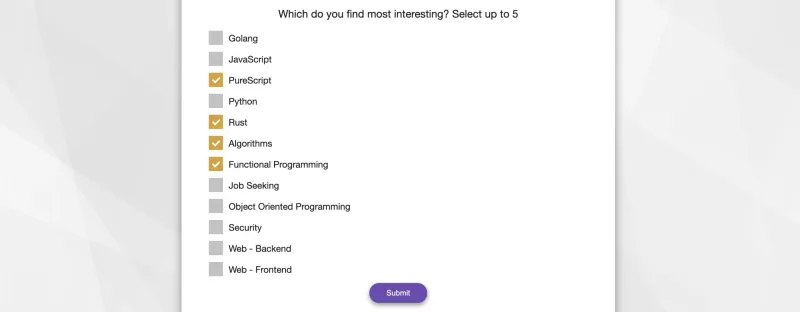

How to Create a Custom Checkbox Form in Vue
Nov 25, 2020 by Lane WagnerYou have a problem. The browser’s default checkbox form is ugly and outdated, but importing an entire library just to change the styling seems like overkill. Instead, let’s build a custom checkbox form component from scratch. It will take 15 minutes to type up, or just 3 if you just copy and paste my boilerplate code.
-
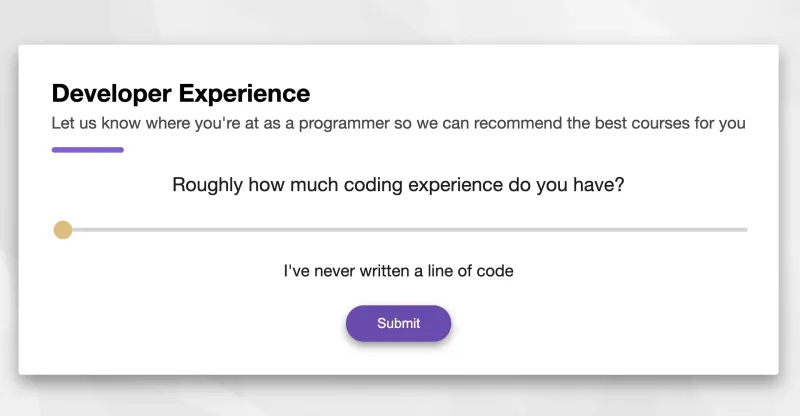

How to Make a Custom Slider Component in Vue
Nov 24, 2020 by Lane WagnerCreating a custom slider component can be tricky, especially if you want to create a lean standalone Vue component. In this quick article, you’ll learn how to build a fully customizable slider component in Vue. Feel free to swap out the majority of the CSS to get the styling you want, but I’ll give you a good jumping-off point.
-


Why Students Struggle Getting a Job After Coding Bootcamp
Nov 19, 2020 by Zulie RaneImagine, like so many folks, that you decide what you want to study when you’re just 18. You go to college, finish a four-year degree in mechanical engineering, and then realize what you actually want to do is get a job in coding. There are tons of benefits - pay, flexibility, personal satisfaction. It’s a no-brainer.
-


Comprehensive Guide to Learn Computer Science Online
Nov 18, 2020 by Lane WagnerBe careful about deciding the best way to learn to code. Not all paths are equally effective. Self-taught developers and bootcamp graduates often struggle a lot to find their first coding job. In my experience, it’s much easier to get your foot in the door when you spend the time learning the CS basics that so many “crash courses” skip over when trying to get students to dive directly into the deep end of application code.
-
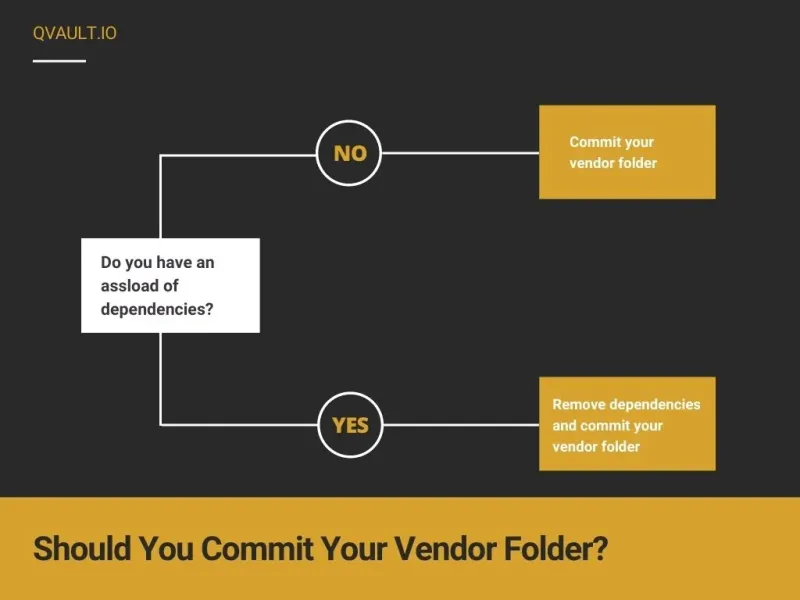

Should You Commit the Vendor Folder in Go?
Nov 16, 2020 by Lane WagnerIf you’re asking “should I commit the vendor folder in my Go project to Git?”, the answer is “almost always”. Let’s talk about why committing is generally better than not.
-


How Long Does It Take To Learn To Code?
Nov 10, 2020 by Zulie RaneThere are so many obvious reasons to learn to code: freelancing opportunities, career advancement, salary increase, and personal satisfaction among others. The advantages are so many that it’s worth the investment, no matter how many obstacles you might encounter.
-


How Much Do Software Engineers Make?
Nov 09, 2020 by Lane WagnerSoftware engineering continues to be one of the most lucrative career paths in the tech industry. The rewards go well beyond a high salary, corporate health insurance plans, and an increased opportunity to advance. Software engineers often receive benefits like unlimited time off, not needing to have shifts covered, lax or no dress code, and cool office amenities like free drinks, snacks, ping pong, etc. It can be a really great work culture.
-
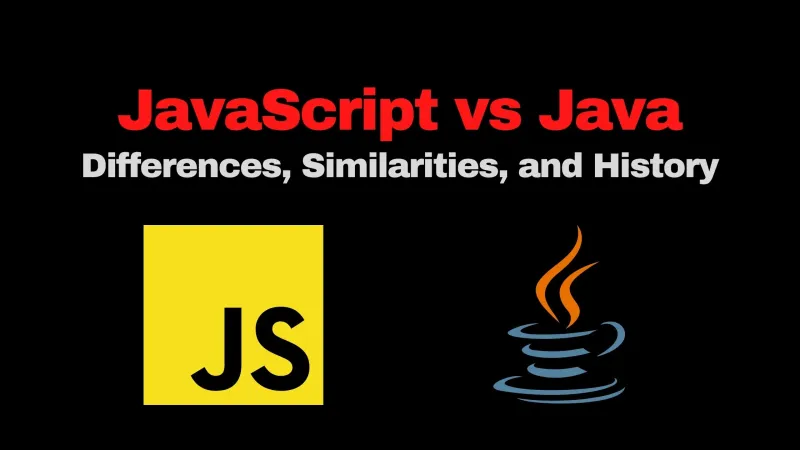

JavaScript vs Java - Differences, Similarities, and History
Nov 06, 2020 by Lane WagnerThe naming of Java and JavaScript confuses many new programmers. They sound so similar, so one might think they have the same use-cases, similar properties, or maybe the same company created both languages. None of those assumptions are true! JavaScript is primarily used as a front-end in-the-browser language, like how we use it for boot.dev’s courses. Java has been used for everything from games, to desktop apps, to backend APIs. Let’s go over the differences between JavaScript vs Java in this quick read.
-
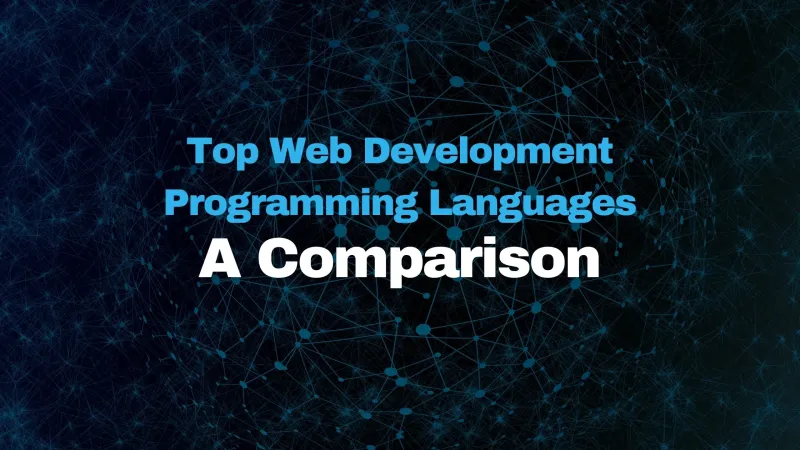

Top Web Development Programming Languages; A Comparison
Nov 04, 2020 by Lane WagnerThe software development industry is growing at a break-neck pace. Currently, there are close to 19 million software developers in the world, and this number is expected to double by 2030.
-
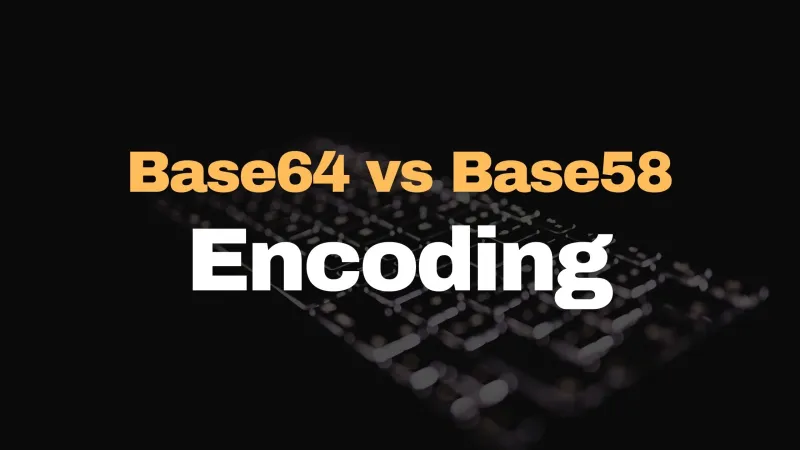

Base64 vs Base58 Encoding
Nov 03, 2020 by Lane WagnerBase64 is one of the most popular encoding formats for representing data. Have some binary data? Base64 encodes it for convenient readability and parsing. Base58 is just another encoding format (with 58 characters instead of 64, and has gained popularity largely due to Bitcoin and other cryptocurrencies. Also, if you came here confused, encryption and encoding are not the same! Take a look at this article for more information on encryption vs encoding.
-


Learn Go Fast - Top Courses and Resources
Nov 02, 2020 by Lane WagnerWant to learn Go fast? The good news is that Go is one of the simplest programming languages out there. It was designed to have a compact feature set, which means you can learn it much faster than most other languages.
-


Best Practices for Commenting Code
Oct 29, 2020 by Lane WagnerI often hear that we need more and better comments in the code we write. In my experience, we frequently need better comments, we rarely need more, and we sometimes need less. Before you crucify me for my sacrilege, let me explain by giving you some of the “rules of thumb” I use for deciding when I should add a comment to my code.
-
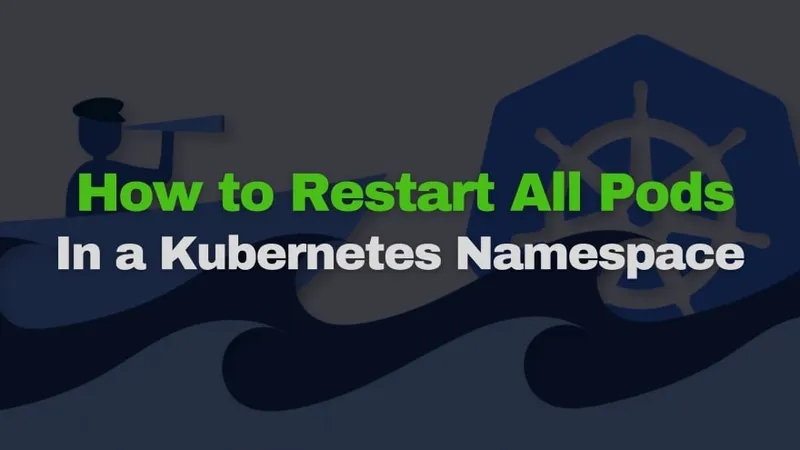

How to Restart All Pods in a Kubernetes Namespace
Oct 26, 2020 by Lane WagnerWhere I work, we use a repo-per-namespace setup and so it often happens that I want to restart all pods and deployments in a single Kubernetes namespace. Maybe I want to see the startup logs, or maybe I want to shut down production for a few seconds. Don’t question my motives.